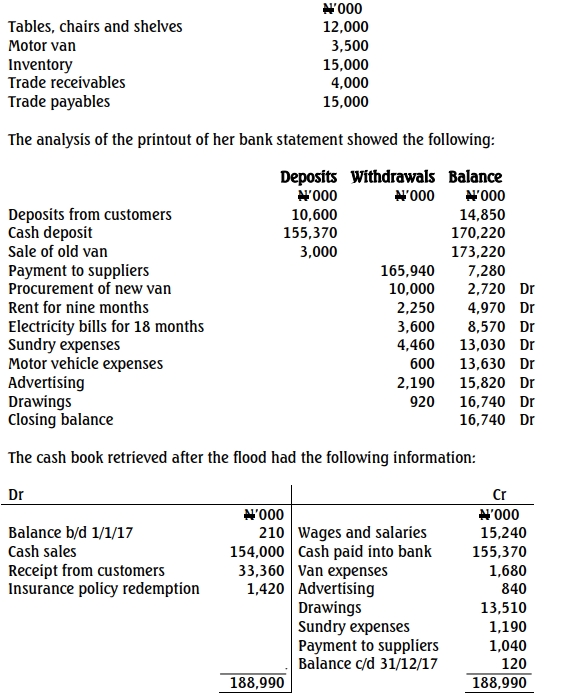- 1 Marks
FA – May 2012 – L1 – SA – Q25 – Accounting from Incomplete Records
Calculating the portion of joint costs attributable to a department.
Find Related Questions by Tags, levels, etc.
- Tags: Cost Allocation, Joint Costs
- Level: Level 1
- Topic: Accounting from Incomplete Records
- Series: MAY 2012
Report an error

